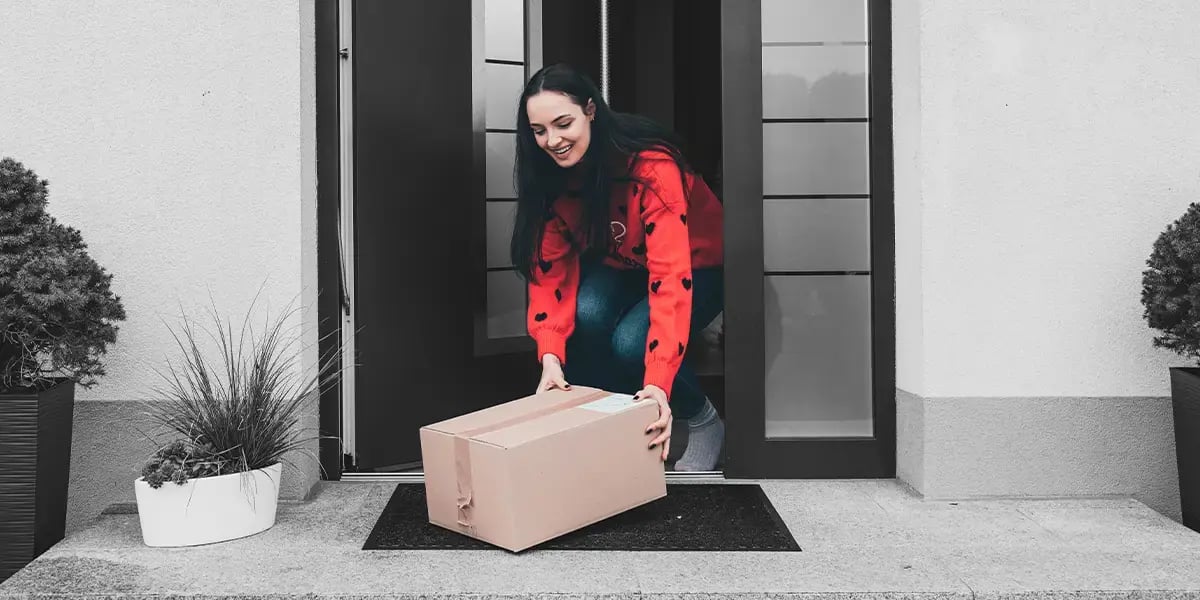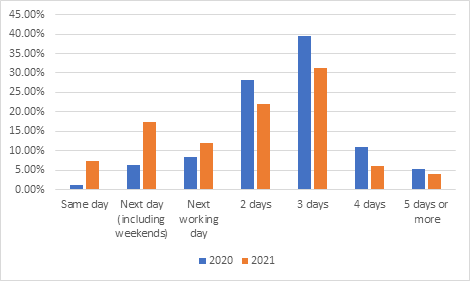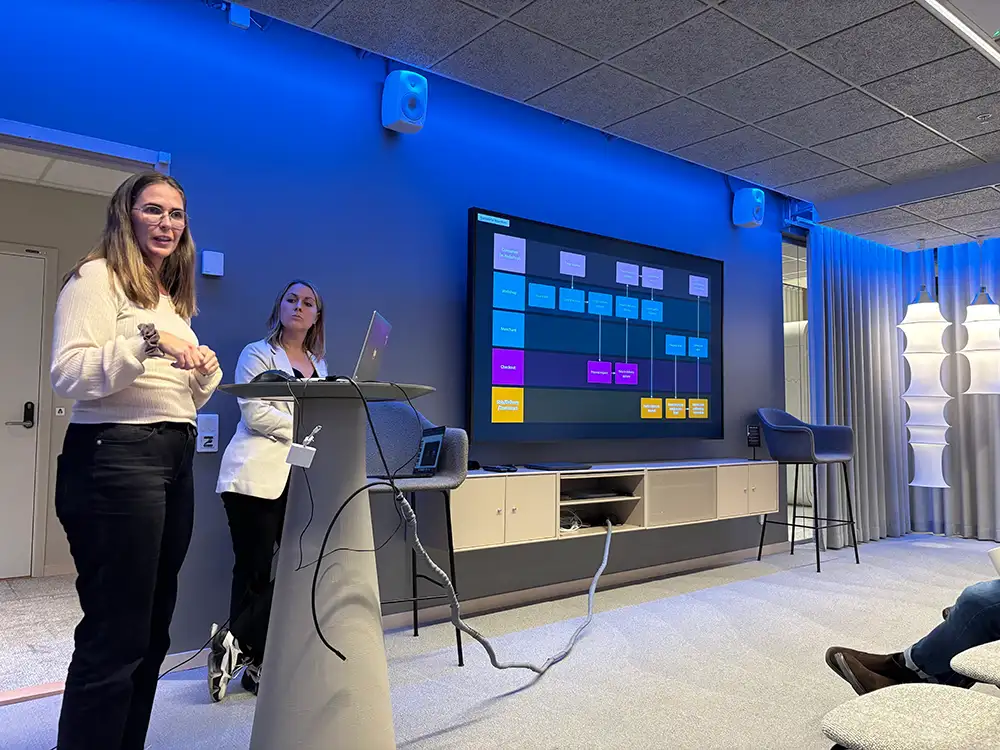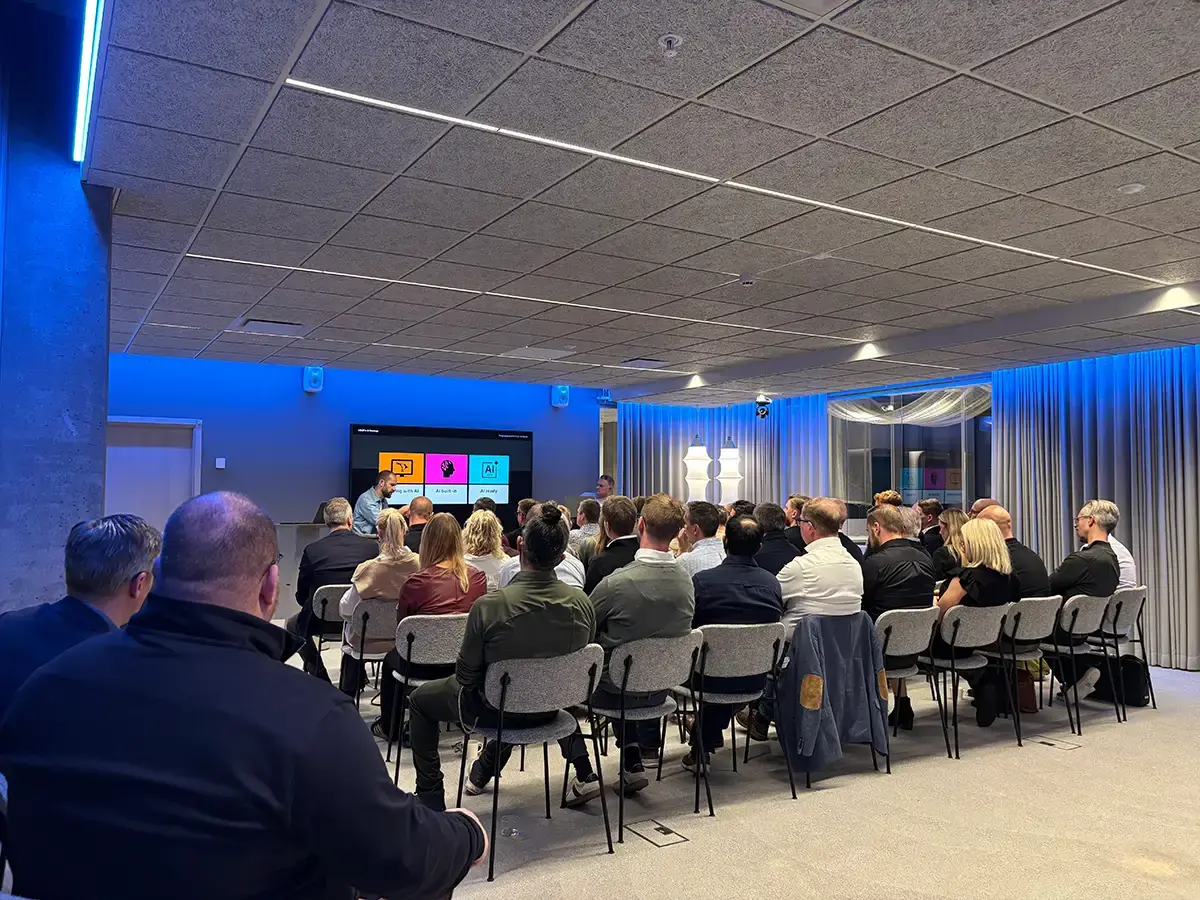
With all the press surrounding supply chain issues and labor shortages, it’s hard not to feel worried; whether you’re a retailer, or a delivery business, the pressure is on. Currently, HGV drivers are down by a third, and seasonal workers are hard to find, with 1 million unfilled positions in the UK alone. Amidst the chaos, retailers and suppliers are struggling to keep up, as one retailer at a recent IMRG event commented that ‘it feels as though the supply chain is past its capacity’. Delayed deliveries, due to a lack of lorry drivers, causes huge issues for both the retailer, and the customer. Brands are now struggling to keep up with surges in demand, as their products are going out of stock, and when they do have them, it becomes harder to ship quickly and efficiently.
Delivery is becoming far more expensive for the retailer, as a result of this high demand; as workers go down, the prices shoot up. Some retailers have commented that their current strategy is to under-sell and over-deliver, in order to avoid complaints from customers, who often take to the brand’s Trustpilot pages, instead of the delivery company’s. This has a negative impact on the brand’s reviews, and can lose them business.
One factor which has placed more pressure on the delivery system, in light of these delays, is customers’ current expectations of how quickly their deliveries should arrive. Before the pandemic, people were relatively happy to order an item online, and expect it to turn up within a week, sometimes longer. This created an anticipation, and a sense of joy when the parcel actually turned up. After lockdowns, however, we are all desperate to receive our parcels as soon as possible, and when they do arrive, we’re now far less excited, as services such as Amazon Prime, and ASOS Next Day delivery have made it far more common to achieve instant gratification, which is ironically somewhat less gratifying.
In order to see how customer expectations have really changed, we collaborated with Maru and IMRG to create a survey that would bring together data from 1,000 customers. We asked, ‘What is your expectation for how long standard delivery options should take to arrive?’. The results were staggering, and truly indicative of the fast-paced expectations of current customers. Between 2020 and 2021, the number of customers who expected same-day delivery increased sevenfold, from 1.10% to 7.4%. Equally, those expecting next-day delivery to be standard almost tripled, from 6.30% to 17.4%. On the flip-side, those allowing up to 4 days for delivery decreased from 11.0%, down to 6.1% between 2020 and 2021, which is not good news, when the labor shortage is leading to increased delivery times.

Think about when you place an online order. What is your expectation for how long standard delivery options should take to arrive?
(Source: Maru, nShift and IMRG Home Delivery Report)
However, there is some highly positive evidence to suggest that customers aren’t too concerned with these changes, as the number of respondents who said they were satisfied (rating 7 and above, in a question where 1 is unsatisfied, and 10 is very) with their deliveries overall, increased from 87.70% in 2019, to 92.09% in 2020, then dropped back down to 87.20% in 2021. This shows that there is only a 0.5% decrease in satisfaction now, compared to before the pandemic, and current worker shortages caused supply chain issues…customers seem to be more forgiving than we would have thought – in some areas at least.
About the author






